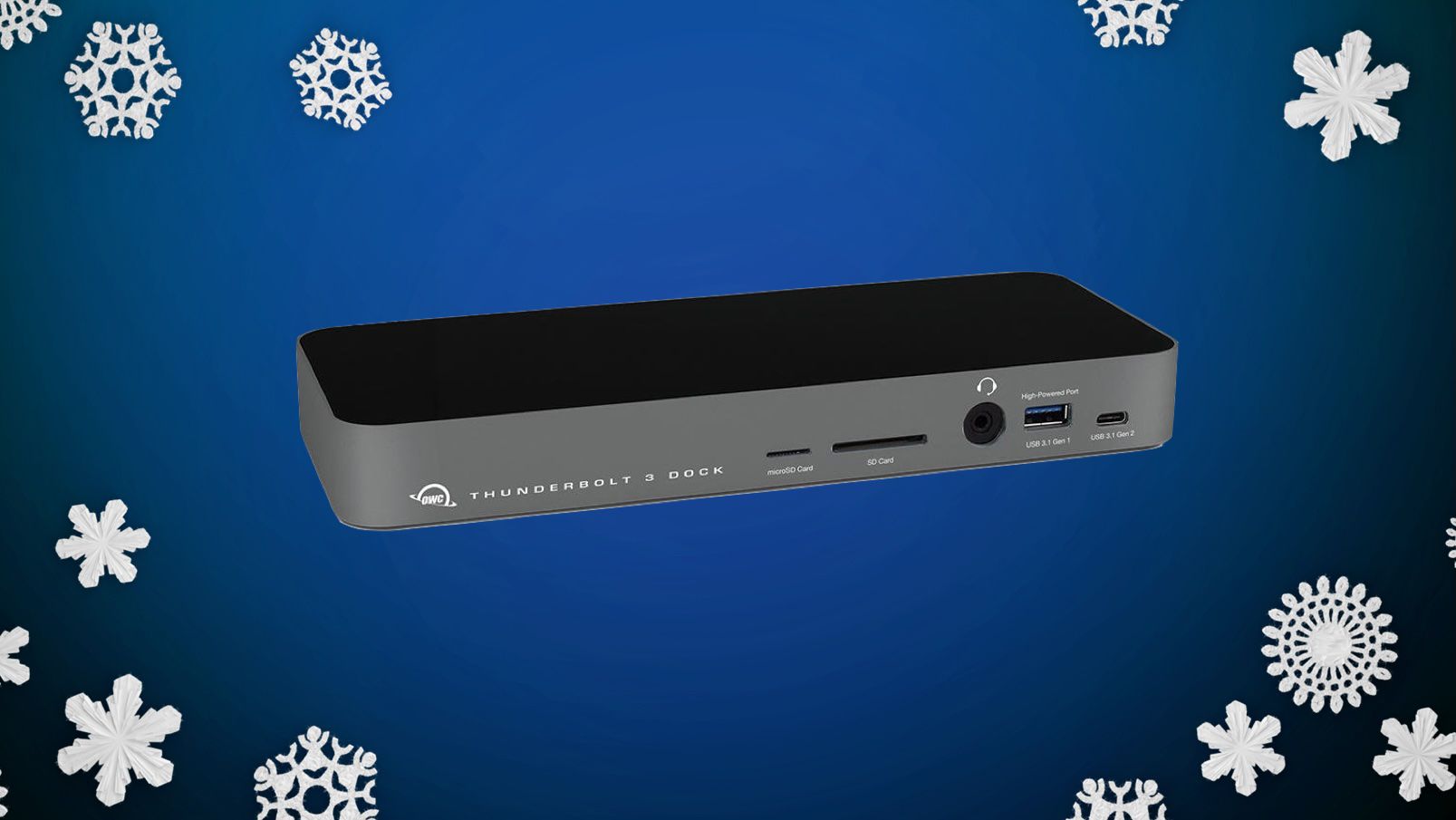It’s been just over one year now since the launch of the Core Ultra 9 285K and other Arrow Lake desktop processors. For those that may be considering an Arrow Lake CPU this holiday season for a Linux desktop or just curious how the power and performance has evolved one year later, here are some leading-edge benchmarks of the Intel Core Ultra 9 285K compared to the launch-day performance last October.
Since last October we have continued to highlight the performance optimizations and other open-source software improvements made around Arrow Lake and other recent Intel CPUs. Similar to the recent one year look at AMD Zen 5, today’s article is looking at the Intel Arrow Lake desktop performance evolution since launch.
In more than 240 benchmarks conducted last October for the launch day testing of the Core Ultra 9 285K, on the same hardware the performance is being compared with fresh benchmarks against the current Linux stack using Ubuntu 25.10 with the Linux 6.18 Git kernel. The same Core Ultra 9 285K CPU, 2 x 16GB DDR5-6400 memory, and other same components were used. The only differences involved are on the software side with the latest Linux stack as well as moving to the latest BIOS for the ASUS ROG MAXIMUS Z890 HERO motherboard. The same BIOS settings were used with the XMP1 profile.
Ubuntu 24.04 LTS was used last October with a Linux 6.10 kernel build to provide the latest Arrow Lake support at launch along with the GCC 13.2 compiler and Mesa 24.2 graphics drivers for the Radeon RX 7900 GRE. Now on Ubuntu 25.10 and with the manual kernel upgrade is Linux 6.18 Git, the GCC 15.2 stable compiler, Mesa 25.2, and many other software upgrades over the past year.
Then and now, with each benchmark was also monitoring the CPU power consumption during testing.
So let’s dive in to see how the Linux performance and power usage has evolved in over 240 benchmarks since launch day.








